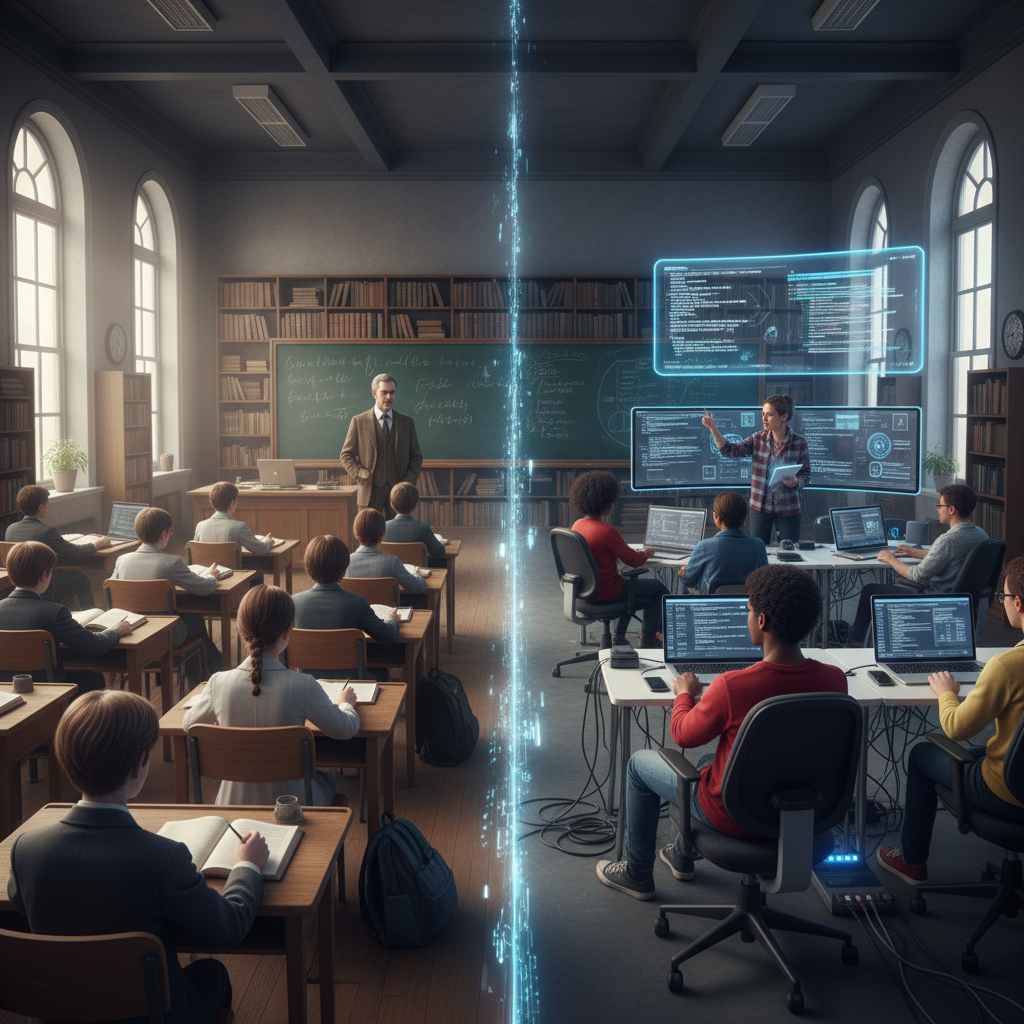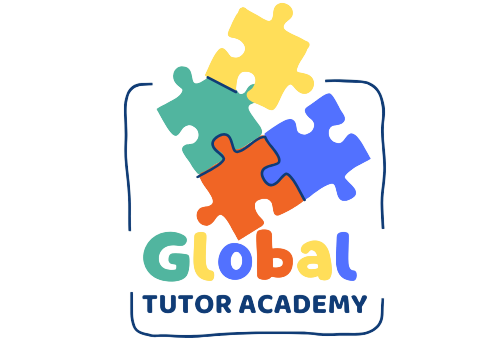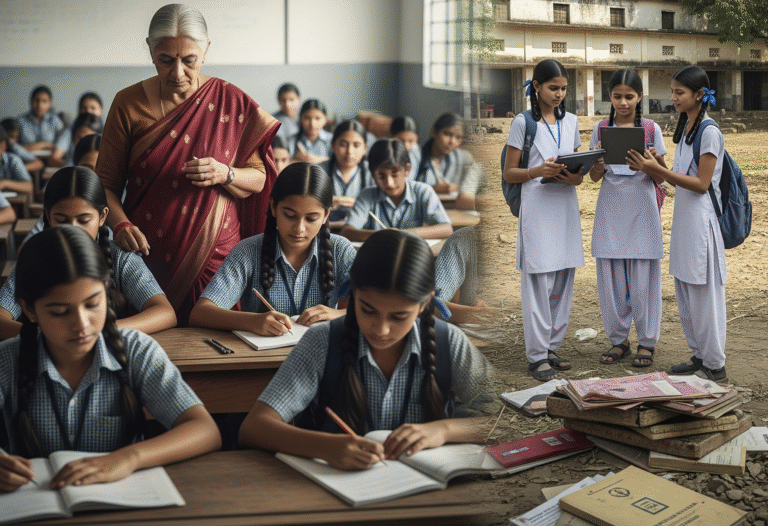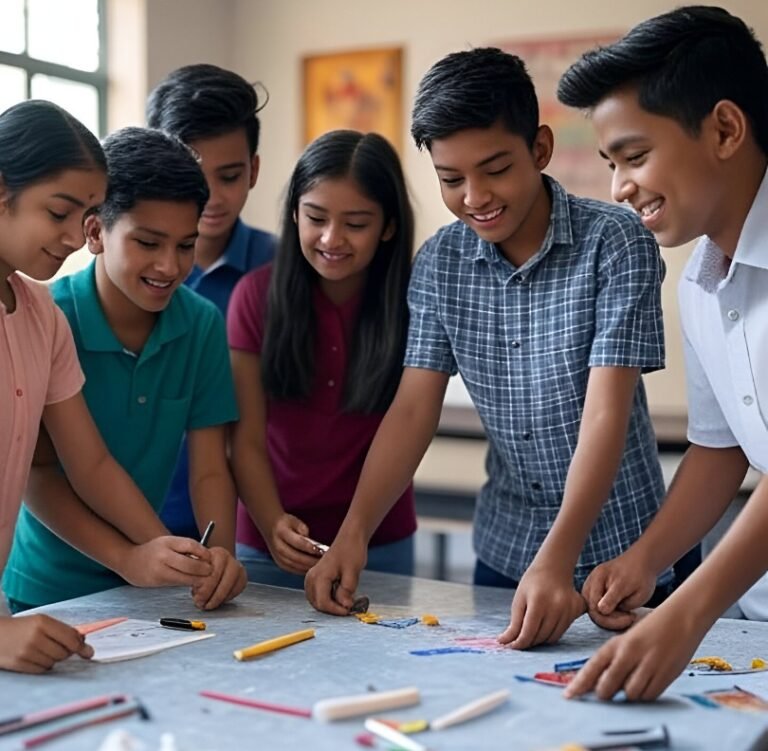Outdated Curriculum in India – Syllabi That Fail to Match Real-World Needs and Modern Skills

Education is supposed to prepare students for the future but outdated curriculum in India makes it impossible. That’s the whole point, right. Yet, too often, schools and colleges keep teaching content that belongs more to the past than the present. Outdated curriculum is not just an inconvenience; it’s a serious barrier holding back millions of learners worldwide. When what is taught no longer aligns with what the world needs, students find themselves carrying books filled with irrelevant theories while lacking skills demanded by employers today. That gap is becoming wider every year. It is alarming.
The illusion of education
You walk into a classroom. The blackboard may have changed into a smart board. Teachers now carry projectors, sometimes even tablets. But the content being taught—still stuck in decades ago. Students memorize facts, definitions, long lists of things not even relevant. They pass exams, yes, but can they apply this knowledge in real life. Often the answer is no. Education creates the illusion of progress while quietly failing its core mission.
The real tragedy is not just what students learn, but what they don’t learn. Critical thinking, adaptability, creativity. Problem-solving. Digital literacy. These modern skills are missing in the outdated syllabi. What we end up producing are graduates with degrees, but not with confidence to tackle practical challenges.
Outdated Curriculum in India : Static syllabus in a dynamic world
The world today changes by the minute. Think of technology—AI, robotics, data science. Entire job markets created in the last decade. Yet many university syllabi remain the same for 20-30 years. Imagine teaching students COBOL programming while the industry is hiring data analysts. Shocking? But in many places it’s exactly happening.
And it’s not just computer science. Look at economics. Many books skip the role of cryptocurrencies or digital banking. Look at medical programs. Students read textbooks that don’t even mention the most recent diseases or new treatments. Why this gap? Because updating curricula requires bureaucracy, approvals, panels of experts who move slower than the world itself. Meanwhile students graduate outdated on Day One.
Skills mismatch – the employer’s complaint
Ask any employer. They say the same thing again and again. Fresh graduates don’t have the skills needed for the job. They may know theory but lack practical understanding. They can write a case study but not solve an actual business problem. The skills mismatch is a direct result of outdated education.
Consider communication. Every modern workplace values communication, teamwork, collaboration. But do we teach it effectively. Barely. Instead, students spend years writing exam answers that only one examiner reads. Later they walk into jobs where communication is everything and suddenly they are unprepared.
Then there’s digital transformation. Cloud computing, cybersecurity, programming basics—all essential now. Still, thousands of students leave college never touching these subjects even once. Companies then spend months retraining them, money wasted that could have been avoided if universities kept pace.
Memorization over creativity
An outdated syllabus almost always encourages rote learning. Students cram facts and formulas. They memorize entire essays, only to spit them out during exams. Marks determine success, not understanding. This system kills creativity. It builds fear of mistakes. In reality, work environments reward people who think different, who test ideas, who innovate. But outdated curriculum punishes exactly those traits.
If a student raises a new perspective during exams, often they lose marks because the answer didn’t match textbook language. What kind of system is that. A child’s curiosity slowly fades. By the time they graduate, their ability to experiment is gone. That’s the unseen cost of clinging to old syllabi.
The pace of technology vs pace of schools
Technology moves lightning fast. Schools crawl. Let’s face it.
Ten years back, social media was small. Today it runs global businesses, influences politics, even shapes culture. Yet, how many curricula treat digital literacy as a core subject. Still viewed as optional. Consider artificial intelligence. A revolutionary technology. Students learn almost nothing about it until specialized courses. By then, they are late. Everyone else outside school learns from free platforms online. Strange paradox—self-learners outside universities are more updated than those inside them.
Emotional intelligence missing completely
Workplaces no longer ask only for technical skills. Emotional intelligence, resilience, empathy—they matter too. But where do schools prepare students for it. Outdated curriculum means subjects around personal growth, life skills, mental health are sidelined. Education teaches algebra again and again (good) but skips how to manage stress, negotiate, adapt in crisis. These are life skills. They matter more over time. Ignoring them leaves a vacuum.
Globalization, yet local content
We live in an interconnected world. Every issue today has a global angle—climate change, trade, technology, migration. Outdated curricula still force students to read local histories in isolation, ignoring how connected everything is. Without global perspective, students struggle to work in international settings.
For example, an entrepreneur from India may pitch to investors in Europe. Or a graduate from Africa may work with Asian suppliers. Education should prepare them for cross-cultural communication. Yet syllabi keep them locked inside narrow borders. Students are left unprepared for the real reach of modern careers.
Why change is so slow
We ask—why not just update syllabi. The answer lies in bureaucracy. Large education boards, ministries. Officials debate endlessly. They set committees which take years. Meanwhile industry evolves every quarter. By the time new syllabi arrive, half of it already outdated.
Another reason is mindset. Some educators believe traditional knowledge must be preserved. And yes, cultural heritage matters. Classics matter. But not at the cost of ignoring the skills needed today. Students need balance. Both philosophy and coding, both history and design thinking. Outdated systems tilt heavily toward one side.
The way forward – flexible learning
So what should happen. We need flexible learning. Curricula that adapt every year not every decade. Courses designed in partnership with industries. Internships integrated into degrees, making students actually practice while learning.
We should promote modules that blend theory with projects. Not just “write about renewable energy” but “design a plan for solar panels in your neighborhood.” Not just “define entrepreneurship” but “launch a mini-business during semester.” This is how skills align with reality. Students experience. Not just memorize.
Digital platforms give opportunity. Online materials are endless and flexible. Universities can borrow them instantly instead of waiting for textbooks to be printed. Governments should allow space for innovation in syllabi, instead of forcing uniformity everywhere. Because industries differ city to city, region to region. Flexibility is key.
Empowering teachers too
Curriculum alone won’t solve. Teachers stuck in old methods won’t deliver new skills. Programs should train educators constantly. A teacher who learns digital tools inspires students to do the same. Updating content but not updating teaching style is half reform, not full.
Conclusion – a call to urgency
The gap between education and reality keeps growing. Outdated syllabi chain the youth to obsolete knowledge. Students graduate degrees that lose relevance too quickly. Societies pay the cost: unemployment, wasted potential, frustrated graduates.
We cannot allow education designed for yesterday to dictate the future of tomorrow. If the main aim of learning is to prepare for real life, then every syllabus should mirror real life as closely as possible. That means change. And fast.
Until then, classrooms will keep producing students prepared for a world that no longer exists.
Also read: Unveiling 8 Critical Indian Education System Flaws






